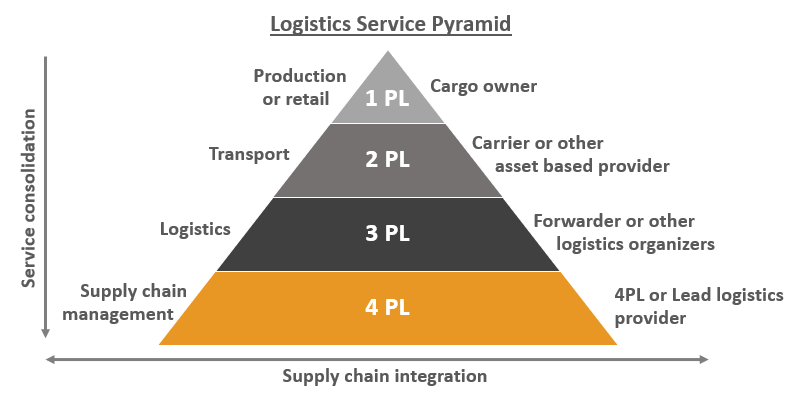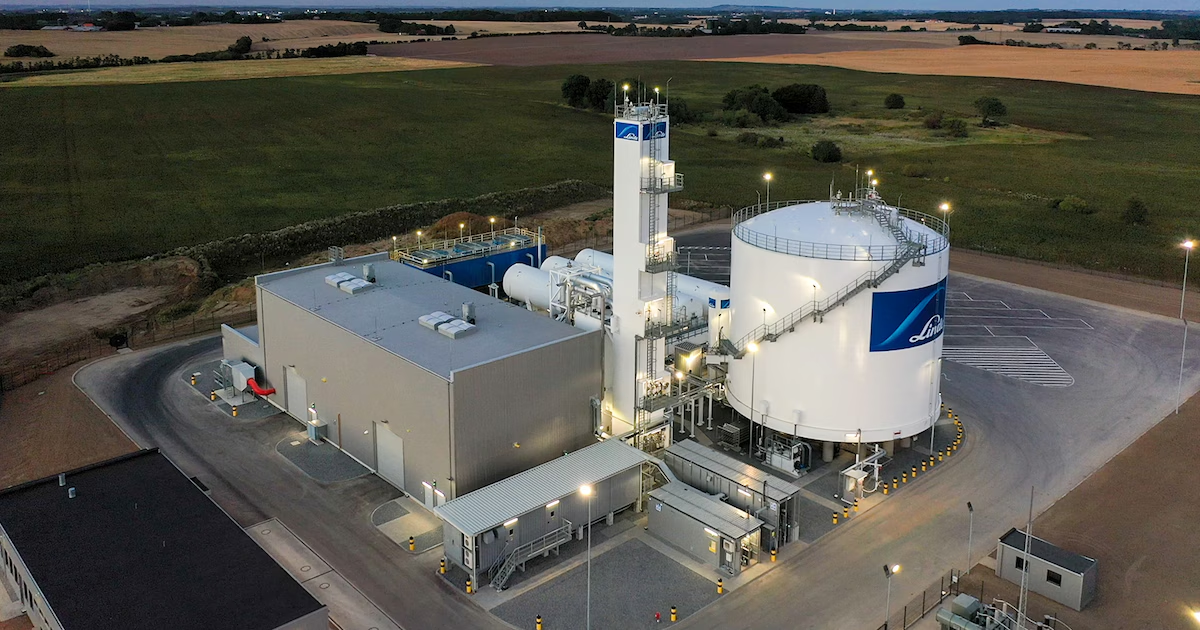
The global Plasma Lighting Market size is predicted to reach USD 584.3 million by 2030 with a CAGR of 5.3%. The plasma lighting market is experiencing a significant surge in 2025, propelled by advancements in energy efficiency, sustainability demands, and the growing adoption of high-performance lighting solutions across various sectors. This growth trajectory underscores plasma lighting’s role as a high-efficiency, long-lasting alternative to traditional lighting technologies like incandescent and fluorescent bulbs. But what factors are fueling this market’s momentum, and how are recent developments shaping its future? This article explores the latest trends, applications, and regional dynamics driving the plasma lighting market in 2025.
Energy Efficiency and Sustainability as Core Drivers
One of the primary catalysts for the plasma lighting market’s growth is its superior energy efficiency. Plasma lighting, also known as light-emitting plasma (LEP), offers high lumen output with significantly lower energy consumption compared to conventional lighting systems. This makes it an attractive option for industries and municipalities aiming to reduce energy costs and carbon footprints. In 2025, global sustainability initiatives and stricter energy-efficiency regulations are pushing organizations to adopt greener technologies. Plasma lighting’s ability to deliver bright, high-quality illumination while consuming less power aligns perfectly with these goals.
Recent reports highlight that the 300W plasma lighting segment dominated the market in 2024, capturing over 52% of the share due to its widespread use in industrial, commercial, and outdoor applications. Its high output and low maintenance requirements make it a preferred choice for high-traffic areas like warehouses, sports arenas, and public infrastructure. These trends reflect the market’s shift toward versatile, high-performance lighting solutions that cater to diverse needs.
Key Applications Fueling Market Expansion
Plasma lighting’s versatility is another key factor driving its adoption. In 2024, the highways, street lighting, and tunnels segment accounted for over 39% of the market share, fueled by increased investments in smart city infrastructure and energy-efficient public lighting. Governments worldwide are prioritizing sustainable urban development, and plasma lighting’s long lifespan—often exceeding 30,000 hours—reduces maintenance costs for municipalities. For example, cities in the Asia-Pacific region, which held 44% of the market’s revenue in 2024, are increasingly deploying plasma lighting for street and tunnel applications to enhance safety and reduce energy consumption.
Plasma lighting’s ability to provide full-spectrum light closely mimicking natural sunlight makes it ideal for indoor farming and greenhouse operations. As global food security concerns rise and urban agriculture gains traction, plasma lighting is becoming a go-to solution for optimizing crop yields. Recent innovations in plasma lighting technology have improved spectral output, enabling growers to tailor light wavelengths to specific plant needs, further boosting its appeal in this sector.
Sports arenas and industrial facilities are also significant contributors to market growth. The high brightness and uniform illumination of plasma lighting make it suitable for large-scale venues requiring consistent, high-quality lighting. For instance, stadiums hosting major sporting events in 2025 are increasingly adopting plasma lighting to enhance visibility for players and spectators while minimizing energy costs. Similarly, industrial operations benefit from plasma lighting’s durability and low heat output, which enhance workplace safety and reduce cooling expenses.
Component-Based Market Dynamics
The plasma lighting market can be segmented by components, with the waveguide segment leading in 2024, holding approximately 42% of the market share. Waveguides are critical for directing and amplifying light in plasma lighting systems, offering energy efficiency and versatility for commercial and industrial applications. Innovations in bulb assembly designs, such as improved thermal management and compact sizes, are making plasma lighting more accessible for diverse applications.
Regional Leadership and Emerging Markets
Geographically, the Asia-Pacific region is the dominant player in the plasma lighting market, accounting for 44% of global revenue in 2024. This leadership is driven by rapid urbanization, government-led infrastructure projects, and a strong focus on energy efficiency in countries like China, Japan, and India. China, in particular, is investing heavily in smart city initiatives, with plasma lighting playing a key role in modernizing public spaces. The region’s robust manufacturing base also supports the production and adoption of plasma lighting technologies.
North America and Europe are also significant markets, with growth driven by technological innovation and regulatory support for sustainable lighting solutions. In the United States, federal and state incentives for energy-efficient technologies are encouraging businesses to transition to plasma lighting. Europe, meanwhile, is seeing increased adoption in horticulture and industrial sectors, supported by the European Union’s stringent environmental regulations.
Emerging markets in Latin America and the Middle East are showing promising growth potential. Rising infrastructure investments and a growing emphasis on sustainable development are creating opportunities for plasma lighting in these regions. For example, the Middle East’s focus on mega-projects, such as sports complexes and smart cities, is driving demand for high-performance lighting solutions.
Challenges and Opportunities
Despite its promising outlook, the plasma lighting market faces challenges. High initial costs remain a barrier for widespread adoption, particularly in price-sensitive markets. However, plasma lighting’s superior brightness and longevity provide a competitive edge in applications where high-intensity illumination is critical.
Tariff-related uncertainties, as noted in the Q2 2025 Pulse of Lighting Report, also impact the market. The report highlights a temporary sales rebound driven by tariff urgency, but long-term demand remains uncertain due to pricing and supply chain challenges. Industry players are navigating these issues by focusing on localized production and technological differentiation to maintain competitiveness.
On the opportunity side, advancements in smart lighting integration are opening new avenues for plasma lighting. The rise of IoT-enabled smart controls allows plasma lighting systems to be integrated into smart city frameworks, enabling remote monitoring and energy optimization.
Key Players and Strategic Developments
The plasma lighting market is highly competitive, with key players like Ceravision, Hive Lighting, and Ka Shui International Holdings leading innovation. Recent strategic developments include partnerships and product launches aimed at expanding market reach. For instance, Ceravision’s advancements in high-efficiency plasma lamps have strengthened its position in horticulture and industrial applications. Similarly, Hive Lighting’s focus on compact, high-output plasma solutions is gaining traction in the architectural lighting segment.
Collaborations with smart city developers and horticulture technology providers are also shaping the market. In 2025, companies are investing in R&D to improve plasma lighting’s spectral efficiency and reduce production costs, making it more accessible to a broader range of consumers.
Future Outlook
The plasma lighting market is poised for steady growth through 2032, driven by its alignment with global sustainability goals and the increasing demand for high-performance lighting. As smart infrastructure and indoor farming continue to expand, plasma lighting’s unique advantages—energy efficiency, long lifespan, and full-spectrum output—will solidify its position as a critical technology in the lighting industry. However, addressing cost barriers and navigating competitive pressures from LED lighting will be essential for sustained growth.
In conclusion, the plasma lighting market’s boom in 2025 reflects a confluence of technological innovation, regulatory support, and growing demand across diverse applications. As industries and governments prioritize energy efficiency and sustainability, plasma lighting is set to illuminate the path toward a brighter, greener future.














Write a comment ...